In a world striving for sustainability, the aviation industry plays a significant role in addressing climate change. With the International Air Transport Association (IATA) taking the lead, a pioneering initiative has been introduced to track and report the industry's progress toward achieving net-zero carbon emissions by 2050. As we explore the IATA's recently released Net Zero Tracking Methodology, it’s clear that a better understanding of air traffic control can contribute significantly to reducing carbon emissions. This blog post delves into how a comprehensive understanding of ATC can empower pilots and air traffic controllers to choose optimal flying routes, ultimately leading to lower carbon emissions and a greener aviation sector.
Net Zero Tracking Methodology
Developed in collaboration with industry experts, the Net Zero Tracking Methodology establishes a standardized and transparent framework for accurate reporting of aviation's journey to net zero carbon emissions. The methodology encompasses crucial elements that enable effective tracking, measurement, and reporting of emissions reduction efforts across the industry, including key features such as:
Standardization: By identifying the relevant emissions scope, sources, and processes for emissions tracking and measurement, the methodology ensures consistency in reporting practices. This standardized approach enables the industry to assess progress accurately, identify areas for improvement, and drive collective action toward decarbonization.
Accuracy: The methodology incorporates best practices for data collection and validation, minimizing administrative burden while ensuring data accuracy. This emphasis on reliable data empowers stakeholders to make informed decisions, strategize effectively, and measure their own progress in the journey toward reducing carbon emissions.
Comprehensiveness: Recognizing the diversity of decarbonization activities, the methodology accommodates reporting on a lifecycle basis. This encompasses a wide range of measures, including sustainable aviation fuel (SAF), carbon offsets/capture, and future power sources such as hybrid-electric, electric, and hydrogen-powered aircraft. Considering the entire spectrum of decarbonization efforts, the methodology encourages innovation and supports adopting emerging technologies.
Improving ATC to reduce carbon emissions
ATC serves as the backbone of aviation operations, facilitating safe and efficient aircraft movement. However, its significance extends beyond safety and efficiency; it can directly contribute to reducing carbon emissions through optimized route planning, with the use of accurate data. Here's how:
Route Efficiency: ATCs, in collaboration with pilots, have the ability to identify and allocate optimal flight paths. By leveraging advanced technologies and real-time data, ATCs can consider factors such as weather conditions, air traffic congestion, and aircraft performance to chart routes that minimize fuel consumption and emissions. Implementing advanced ATC systems, such as Free Route Airspace, allows for flexible routing options, further enhancing efficiency and emissions reduction.
Continuous Descent and Climb: Traditional aircraft descent and climb profiles can involve stepwise altitude changes, increasing fuel burn and emissions. However, through effective communication and coordination between ATCs and pilots, a continuous descent and climb profile can be achieved. This technique allows aircraft to maintain a steady descent or climb, significantly reducing fuel consumption and emissions.
Collaborative Decision-Making: Collaboration between pilots, ATCs, and airlines can lead to data-driven decision-making. By sharing insights on route efficiency, airspace utilization, and operational practices, stakeholders can collectively identify opportunities to optimize flight operations and minimize environmental impact. This collaborative approach can be facilitated through comprehensive training programs that equip ATCs and pilots with a deeper understanding of each other's roles and challenges.
The IATA's Net Zero Tracking Methodology sets a crucial foundation for transparent reporting and collective action toward achieving net zero carbon emissions in the aviation industry. By embracing a comprehensive understanding of air traffic control, pilots and ATCs can play an instrumental role in reducing carbon emissions. Similarly, Lektor is doing its part to lower emissions in the industry. By providing and developing ATC training that is conducted 100% online, both students and instructors can avoid commuting, lowering their carbon footprint. New technologies, better understanding, and increased transparency can help us all work better toward the goal of net zero carbon emissions by 2050.







